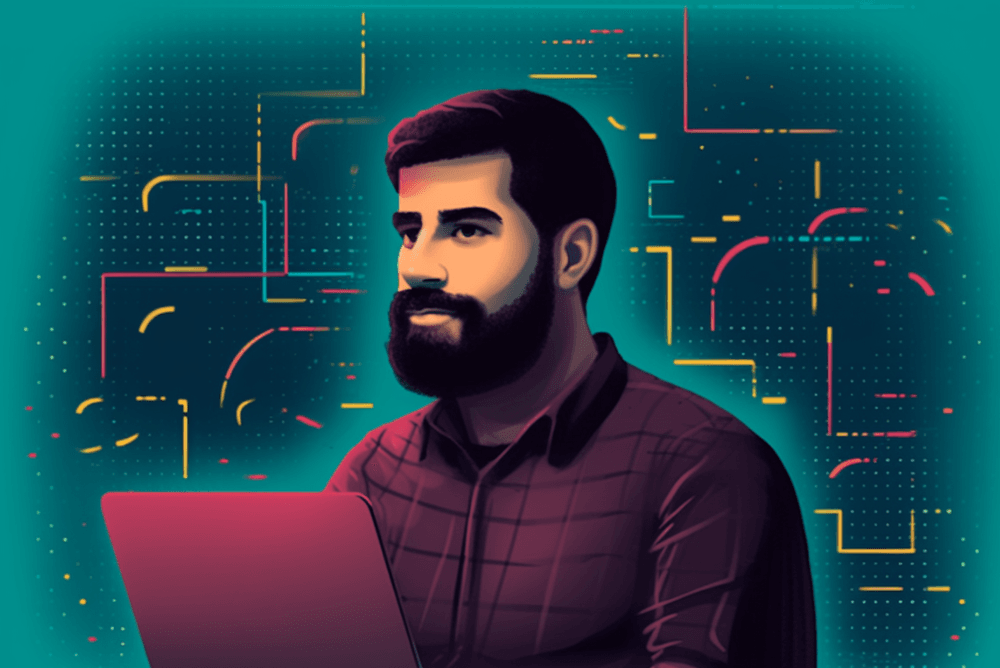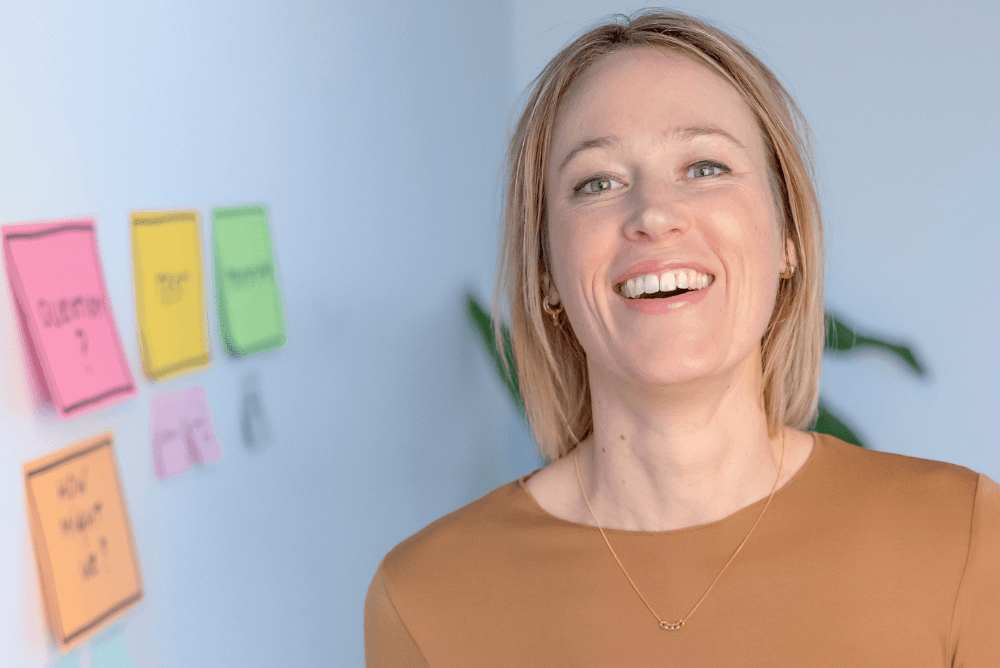Exploring the role of design in the media landscape with Rishad Patel
31 Jul 2023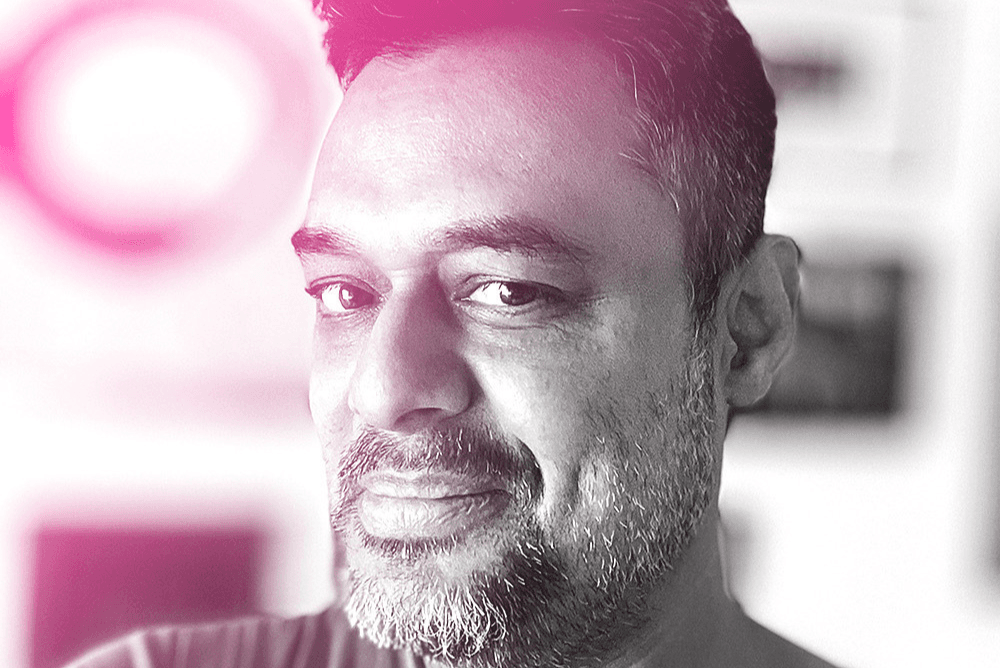
Rishad Patel, co-founder of Splice Media, talks about the role of user-centric design in media.
Written by Joanna Kocik, content specialist at Autentika
We talk to Rishad Patel, co-founder of Splice Media, about the role of user-centric design in media and building viable media products.
Rishad Patel co-founder and head of product at Splice Media – a consulting company whose mission is to help media organisations build a viable business. They work with the global media ecosystem to report on, teach, advise, transform, and fund media startups. Splice also organises Splice Beta, Asia's only media startup festival in Chiang Mai, and runs Planet Splice, a thriving community on Slack.
Joanna Kocik, Autentika: Thank you for joining me today, Rishad! I'd like to start by asking you about your career path. Can you tell me more about your journey and what led you to co-found Splice Media?
Rishad Patel, Splice Media: Sure! Initially, I wasn't exactly sure what I wanted to do. I studied political science and history in university, and wanted to do a design degree after that. But I had to begin working immediately to pay for my father’s hospital bills — I got a job as a newspaper ad sales guy. However, I quickly realised it was not for me (and I was also really bad at it).
Fortunately, I met someone who became a mentor to me when I was around 21 years old, and he recognised my potential as a design professional. He suggested that I explore graphic design and hired me on a special projects team at Mid-Day, his newspaper group. I had no access to a computer, so I would stay at the office after work until 2 am every night to learn the necessary tools (thank you, Photoshop Help menu tutorials!).
I soon discovered that design was about the user, and that I could apply basic user-centric design principles to create visual identities for the various media that the newspaper group published — layout and graphic design for print, sound design for radio, interaction design for the websites, etc. It was a great way to realise that design was a business process connecting business goals with the user experience.
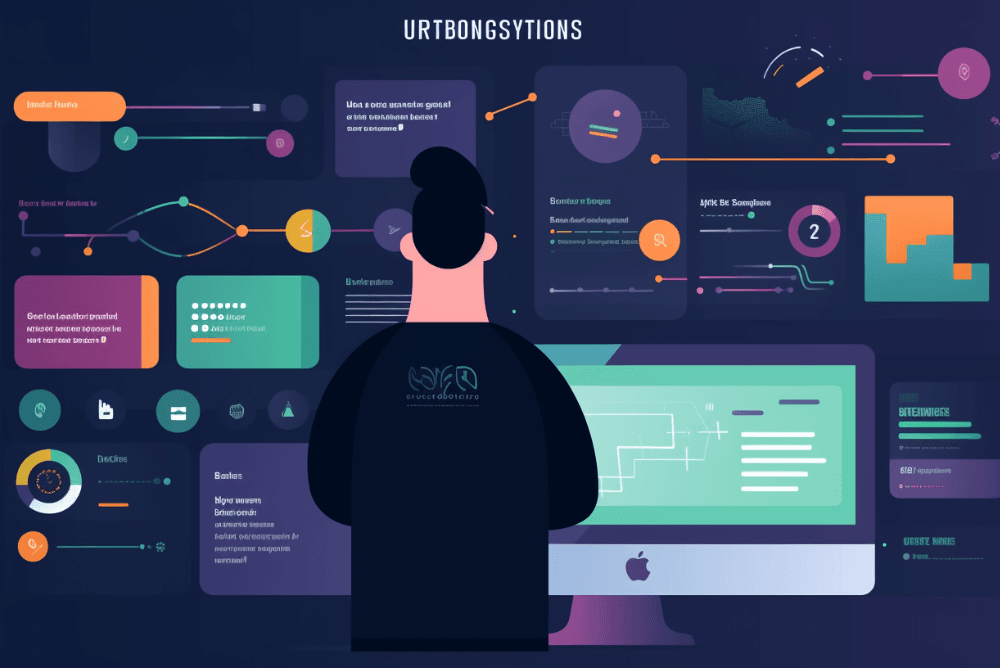
"Design is a business process connecting business goals with the user experience" (Image generated by Midjourney)
Later on, I worked as a design consultant for about ten years before co-founding Splice, which was really born when my old friend Alan Soon asked me to be his co-founder at the little consulting company he had set up.
It seemed like a natural progression from the conversations we would have over bowls of ramen — from frustrated rants about content-focused journalism to the incredibly optimistic view of media we have today. We started out with a single newsletter and a few consulting gigs, and grew from there. We’re still a two-person company and proud of it, but Splice is far bigger than us now, thanks to the fact that we are surrounded by our incredible media community around the world. Someone once called Splice the world’s largest two-person company, which always makes me laugh.
Joanna Kocik: Let’s then delve deeper into the role of design in creating media products. From your experience, how important is design in developing products for the media and news industry?
Rishad Patel: Design is crucial, but I believe the user is at the centre of it, regardless of industry. I was very privileged to have had that insight early in my career. When you have this mindset, you understand why you're building a product and whose problem you're solving. If you can do that well and you’re able to work hard at serving the users’ needs, it becomes one of the most fulfilling aspects of your work in media.
Visual design is important, but it's only a tiny component of designing interfaces, solutions, insights, or decision-making tools for the users. The focus should always be on creating something that solves a problem and provides value to the user. Businesses make tools or products to make money (and there’s absolutely nothing wrong with that) – but it’s very hard to make money without achieving real product-market fit by addressing someone's need.
Joanna Kocik: That's a very cool perspective – understanding the user's problem and delivering value should always be at the forefront of product design. Can you provide some examples of products you've developed or collaborated on?
Rishad Patel: Certainly! At Splice, as consultants, we often begin our process with a discovery phase, which includes a great research. Often, this means conducting a media landscape audit. Research is vital, especially when clients want to introduce a new program or run a digital transformation. Instead of jumping straight into a generic solution, we prefer to conduct a discovery and research phase to understand the underlying problems. Only then do we recommend solutions that align with actual user needs.
Surprisingly, we often discover that the client's needs differ from their initial stated request, which makes the process of discovery even more fascinating.
Read also: How do we conduct the discovery phase when working with a newsroom?
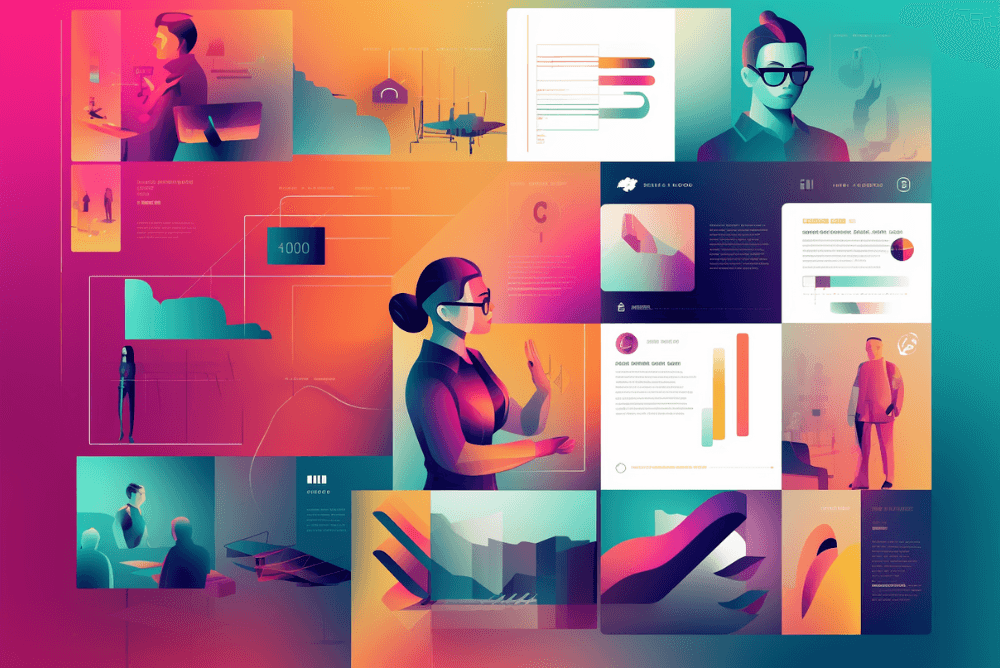
"The client's needs often differ from their initial stated request" (Image generated by Midjourney)
Joanna Kocik: I’d dare say that this also happens in marketing…
Rishad Patel: Absolutely! For example, when someone requests a new website, logo, or podcast, we always ask them, "Whose problem is it solving?" For example, with a new website, we frame its utility by seeing it as if it were an employee, which makes it easier to specify a job description based on the specific outcomes we need the website to achieve. By breaking down the purpose and objectives of a project or product, we can better understand its value and ensure that it aligns with its user's needs.
As for case studies, we recently conducted an audience study for Puma Podcast, a podcasting company in the Philippines. They initially approached us seeking assistance in developing a membership program to generate alternative sources of revenue.
However, through the discovery process and listening to their audiences, we found that the content and format of their podcasts mattered less to listeners than the sense of safety and trust they felt within the Puma Podcast community. Their listeners told them that, in politically polarised Philippines, it was crucial for them to choose their media sources wisely, and Puma Podcast provided a safe space.
This insight was pivotal for Puma Podcast, as it helped them understand that their users wanted more than just content; they desired a sense of community. They also discovered what they meant to their different audiences and user groups, and it redefined them as a company.
At Splice, our role is often not to be the experts but to connect media organisations with their true experts — their own audiences and communities. By asking the right questions and forming insights from the answers, we can make valuable recommendations for our clients. Our approach involves getting out of the way and letting the audience's voice guide the decision-making process. The result is often a redefinition of what the company stands for and a deeper understanding of its true impact beyond the surface level of its products.
Joanna Kocik: What other challenges do you see in the media landscape? What are the main challenges that you observe currently?
Rishad Patel: One notable challenge is that our industry often creates products without first understanding if there is a market for them. We produce various forms of content, such as stories, videos, podcasts, and investigative journalism, but we don't always know if an audience wants them — or if they serve a need. However, I see this as an opportunity. Despite the challenges in the media industry, we are also living in a golden age of media — one that gives us immense opportunities to connect with our audiences more closely by articulating, and serving, their needs.

"We are also living in a golden age of media — one that gives us immense opportunities to connect with our audiences" (Image generated by Midjourney)
Additionally, it's important to consider a shift in our approach. We should strive for market-product fit rather than focusing solely on product-market fit for journalism. This means going out and understanding the problems people face daily—issues related to education, employment, housing, climate, safety, security, and more. Journalism has the potential to help address these challenges, which presents a significant opportunity for us to actually go out and talk to our users.
Finally, journalism in 2023 and beyond isn't about content. It’s about creating services that directly address problems and help people make informed decisions about their lives. In a way, we are returning to the democratic ideal of journalism as a service industry.
Joanna Kocik: Sounds like a bright future – let’s all wish for that! Thank you so much for the conversation – and I wish you all the best with Splice!

